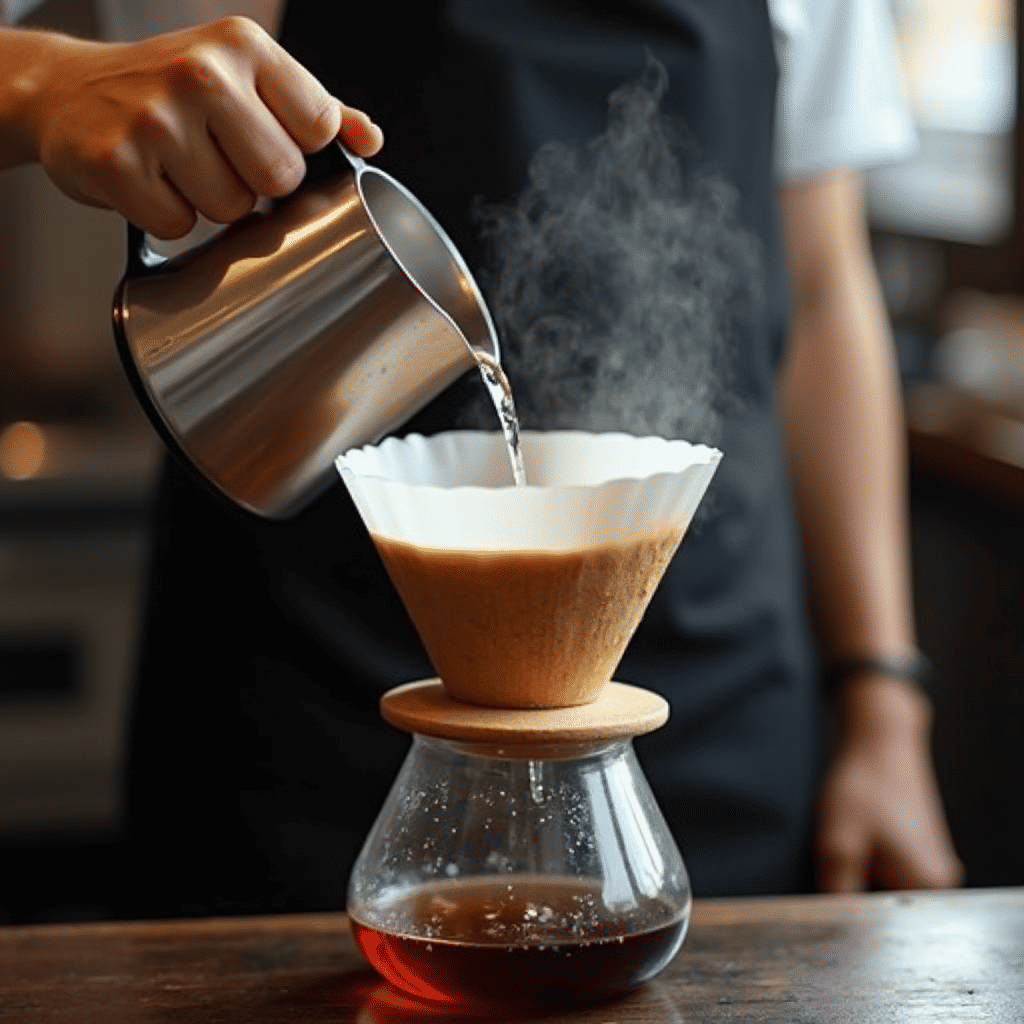Pour over coffee is more than just a brewing method; it is a ritual that combines artistry, precision, and patience. Each step in the process invites coffee enthusiasts to slow down, engage their senses, and truly savor their brew. Beyond being a popular trend in specialty coffee shops, pour over coffee offers a deeper connection to the craft of coffee making, allowing you to control every variable to brew the perfect cup every time.
At the heart of pour over coffee lies the equipment. A high-quality dripper, whether made of ceramic, glass, or stainless steel, ensures even water distribution over the coffee grounds. The humble coffee filter plays a crucial role in defining the brew's clarity and purity, while a gooseneck kettle gives you the control needed to master the pour rate. Alongside these, a digital scale and thermometer are invaluable tools for precision, ensuring consistency in each brewing session.
The process begins with selecting the right coffee beans. Freshly roasted beans, ideally ground moments before brewing, are essential for a vibrant cup. The grind size is another critical factor, as it influences the extraction rate. Too fine a grind can result in over-extraction and bitterness, while too coarse a grain can lead to under-extraction and a weak, insipid flavor. Generally, a medium-coarse grind is ideal for pour over coffee, resembling sea salt in texture.
With the essentials at hand, preheat your dripper and carafe by rinsing the filter with hot water. This step not only warms the equipment but also removes any papery taste from the filter. Measure your coffee and water with precision, using a ratio of about 1:15 – one gram of coffee to 15 grams of water – as a starting guideline, though this can be adjusted to suit personal preferences.
Begin the pour by gently wetting the grounds, allowing them to bloom as they release carbon dioxide and expand. This initial bloom, lasting about 30 seconds, is crucial for a balanced extraction. Following the bloom, pour water in a steady spiral motion, ensuring an even saturation of the coffee grounds. The gooseneck kettle allows you to control the pour rate and direction with ease, vital for achieving uniform extraction.
Throughout the brewing process, aim to maintain a consistent water temperature between 195°F and 205°F, as it significantly affects extraction. A digital thermometer comes in handy here, helping you stay within the optimal range.
Patience is key in pour over coffee. Embrace the process as the water slowly filters through the bed of coffee grounds, extracting flavors and aromas that culminate in a wonderfully complex cup. The entire brew should take between three to four minutes, a timeframe that can be adjusted to tweak flavor profiles.
Each step in the pour over method is an invitation to fine-tune and experiment. From adjusting grind size and brewing time to trying different coffee origins and roast levels, the possibilities are endless, making each brew a unique experience.
Pour over coffee is an art form that invites you to explore the intersection of science and creativity in coffee making. By focusing on precision and patience, you can unlock flavors and aromas that might otherwise remain hidden, making each cup a testament to the beauty of the pour over technique.
